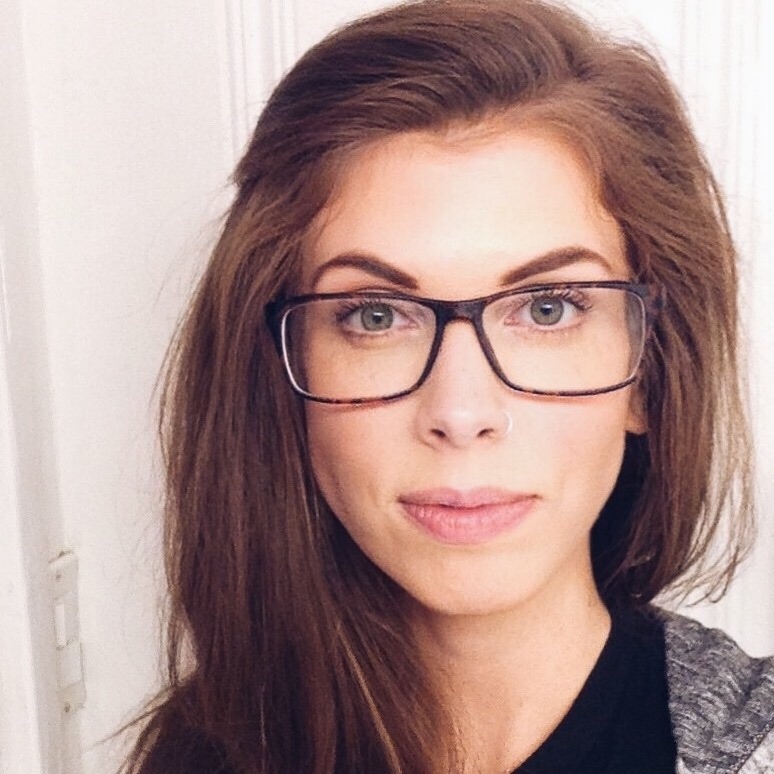21,975 reads
A History Of The Fat Liberation Movement Via The Lens of Social Media
by
November 7th, 2021
Audio Presented by

Annie Brown is the founder of Reliabl, helping companies bring user insights into the machine learning pipeline.
About Author
Annie Brown is the founder of Reliabl, helping companies bring user insights into the machine learning pipeline.